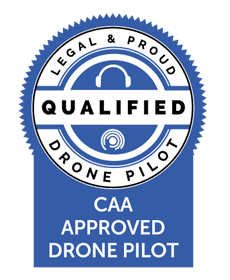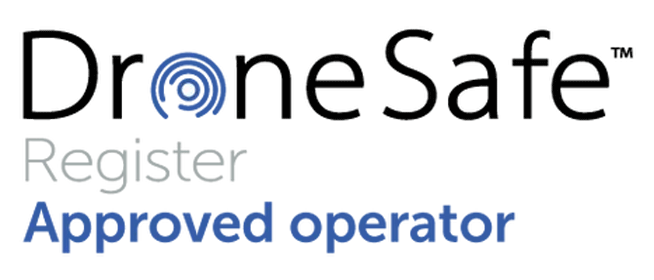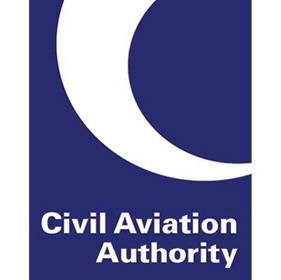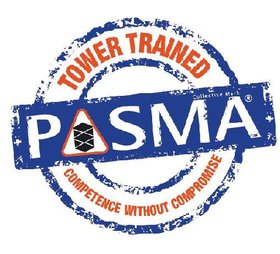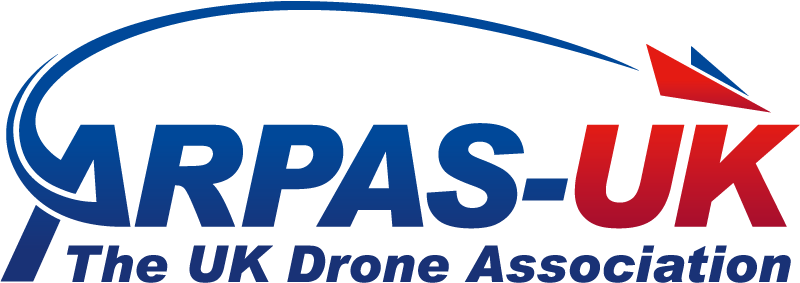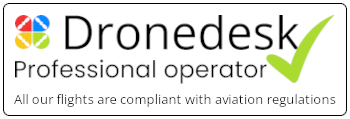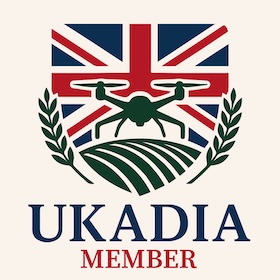GLOSSARY OF TERMS
A
- Aerial Survey
Using UAVs to generate high-accuracy georeferenced maps and models (2D/3D), construction drone surveys, LiDAR, 3D modelling, and topographic surveys, helping clients capture site data effectively. - Airspace Regulation
Governed by the UK Civil Aviation Authority (CAA), including altitude limits (e.g. under 400 ft), operator and flyer IDs, and no-fly zones. Aerial Drone UK ensures full compliance with UK drone regulations for safe operation.
B
- BVLOS (Beyond Visual Line of Sight)
Drone operations beyond the pilot's line of sight, currently restricted in the UK unless special permissions are obtained. Relevant for advanced surveys and long-range monitoring.
C
- CAP 393
The Air Navigation Order (ANO) the UK’s statutory rules for aircraft operations, including drones. Defining legal requirements such as maximum altitude, minimum distances from people, and restricted areas. - CAP 722
The CAA’s core guidance document titled “Unmanned Aircraft System Operations in UK Airspace”. It sets out policies, rules, and requirements for safe drone operations. - Crowd Monitoring & Security
Aerial drone service to oversee large gatherings and ensure safety using real-time imaging and analysis. - CAA Flyer ID
A personal ID issued by the CAA after passing the Drone and Model Aircraft Theory Test. Legal requirement for anyone flying drones over 250g. - CAA Operator ID
A registration number assigned to a person or organisation responsible for drones over 250g or with cameras. The ID must be visibly displayed on all drones operated.
D
- Drone Inspection Services
Can include asset inspections like bridges, telecoms towers, power lines, solar PV systems, etc. Aerial Drone UK uses high-resolution cameras and thermal imaging to deliver precise diagnostics. - Digital Twin
A precise, accurate 3D interactive clone of a physical asset (like a cell tower), accurate to about 20 mm, ideal for remote inspections. - Dangerous Goods Restrictions
Drones must not be used to carry hazardous materials under CAA rules without special approval.
G
- GNSS / RTK
Satellite-based positioning systems used to georeference drone data with centimeter level precision. Aerial Drone UK uses RTK to ensure mapping and imaging accuracy.
I
- Inspections (Structural & Asset)
Drone-based inspections to check condition and performance of infrastructure, ranging from telecom structures to solar panels. Offering safer, faster assessments than manual methods.
L
- LiDAR Surveying
Light Detection and ranging used in surveying to collect accurate topological data and create detailed 3D models. - Landowner Permission
Required under UK law, drone operators must obtain permission from landowners before launching or landing on private property.
M
- Multispectral & Thermal Surveys
Capturing data outside visible light using thermal or multispectral imaging, critical for detecting heat loss in surveys and assessing solar panel performance.
N
- No-Fly Zones & Exclusion Zones
Areas where drone operations are restricted, for example near airports, prisons, and sensitive infrastructure. Aerial Drone UK adheres to UK safety regulations.
O
- Open Category (Drone Operations)
The most common category of UK drone flying, with subcategories A1, A2, and A3, each defining restrictions based on drone weight and proximity to people. - Operational Authorisation (PDRA-01)
Permission issued by the CAA that allows drone operators to work under the Specific Category with more flexibility than standard Open Category rules. - Orthomosaic Map
Seamlessly stitched, corrected, and georeferenced aerial imagery forming one continuous high resolution map, often used in land surveying and asset inspections.
P
- Permission for Commercial Operations (PfCO)
The former CAA certificate required to operate drones commercially in the UK, replaced in 2021 by the Operational Authorisation under the Specific Category. - Point Clouds
3D sets of data points generated from drone surveys for accurate terrain and structure analysis. Used in mapping and modelling tasks. - Payload
Additional equipment carried by the drone such as thermal cameras and LiDAR.
R
- Return to Home (RTH)
A fail-safe mechanism that automatically guides a drone back to its launch point, especially useful if signal is lost or battery runs low. - Restricted Airspace
Areas defined by the CAA (such as near airports or military bases) where flying is prohibited without explicit authorisation. - Remote Pilot
The person in direct control of the drone during flight, legally responsible for ensuring safe operations in compliance with CAA rules.
S
- Survey Types
- Topographic Survey: Maps terrain elevation and contours.
- Construction Drone Survey: Captures site dimensions, volumes, and structure data.
- LiDAR Survey: Precise 3D terrain data via laser scanning.
- 3D Modelling & 2D Mapping: Visualization of assets or locations from survey data.
- Specific Category Operations
A classification under CAA rules for higher-risk drone flights (for example close to people or BVLOS).
U
- UAS (Unmanned Aircraft System)
The technical term for drones used by the CAA, referring to the complete system (aircraft, controller, software, etc.).
V
- VLOS (Visual Line of Sight)
The standard requirement in UK drone operations where the pilot must keep the drone in sight at all times.

